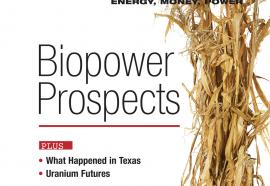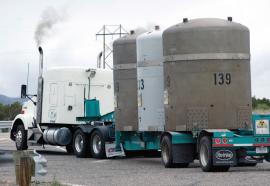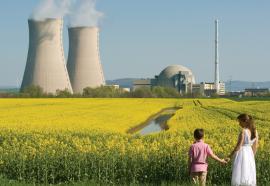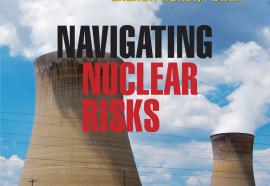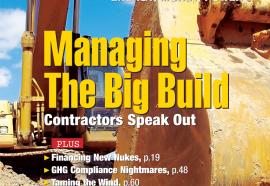The Bullish Case For Uranium
Higher prices to come?
For decades, global uranium suppliers have been providing low cost reactor fuel in plentiful supplies. However the market is changing, and nuclear fuel prices are set to increase. Some plants will be affected more than others, but the age of uranium cost certainty is coming to an end.

